To Stage or Not to Stage: What’s Best for Selling Your Home?

As you get ready to sell your home, you might be wondering if staging is worth the effort and expense. Staging isn't just about making a home look nice—it's about creating a space that potential buyers can imagine themselves living in. But is it always necessary? Let's explore the ins and outs of staging your home, weigh the benefits and drawbacks, and consider whether it’s the right choice for you.
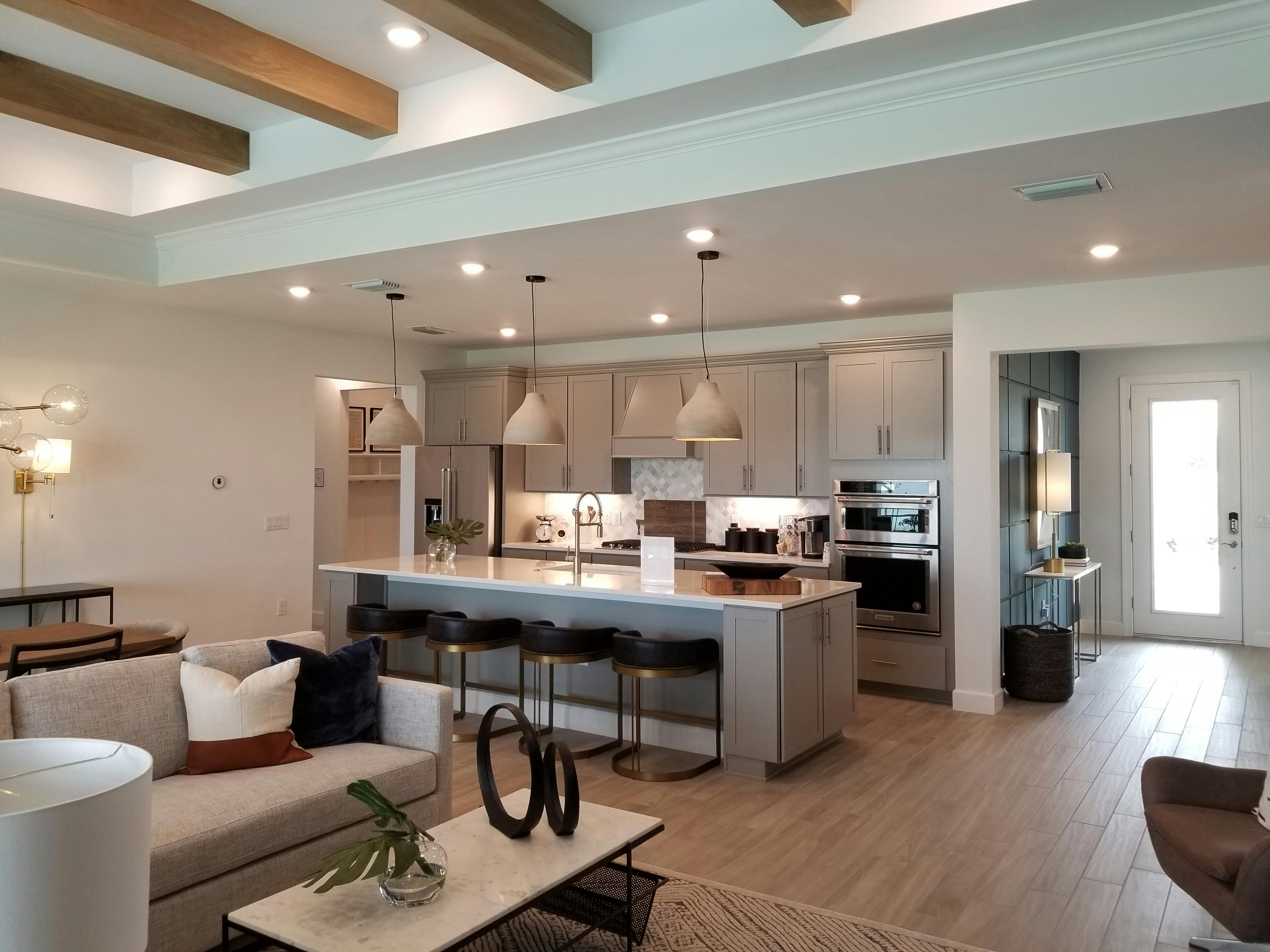
Why Staging Might Be Worth It
1. Faster Sales
Homes that are staged tend to sell quicker. Why? Because staging helps buyers envision how they could live in the space. By arranging furniture and decor in a way that highlights the home’s best features, staging can create an emotional connection that often leads to faster offers.
2. Higher Sale Price
Staged homes often fetch a higher price. A beautifully staged home suggests it’s well-maintained, which can justify a higher asking price. On average, staged homes can sell for 5-10% more than similar, non-staged properties, making it a potentially great investment.
3. Showcasing Your Home’s Best Features
Staging is all about making your home look its best. It emphasizes the positive aspects of your property while downplaying any less desirable features. With the right furniture and decor, staging can transform a space, making it more appealing to buyers.
4. Creating a Memorable Impression
In a competitive market, you want your home to stand out. A well-staged home makes a strong first impression and is more likely to stick in buyers' minds. When buyers remember your home, they're more likely to make an offer.
Consider the Downsides of Staging
1. The Cost Factor
Staging isn’t cheap. Professional staging services can range from $500 to $5,000 or more, depending on the size and needs of your home. This includes costs for furniture rental, decor, and labor. Before deciding to stage, weigh these costs against the potential increase in sale price.
2. Time and Effort
Staging takes time and effort. Whether you’re doing it yourself or hiring professionals, you’ll need to spend time decluttering, moving furniture, and setting up each room. This can be challenging, especially if you’re juggling a move or have a busy schedule.
3. Not Always Necessary
In some cases, staging may not be needed. If your home is in a highly desirable location or already has a lot of charm and character, it might sell quickly without any extra effort. In a hot market, a well-priced home can move fast, staged or not.
4. A Temporary Solution
Staging is great for aesthetics, but it doesn’t fix underlying issues. If your home needs major repairs or has structural problems, these should be addressed before considering staging. Otherwise, you might be masking problems rather than solving them.
Understanding the Costs of Staging
If you're considering staging your home, it’s important to know what you might be paying for. Here’s a quick breakdown:
- Consultation Fee: Many staging professionals charge a consultation fee ranging from $150 to $500. During this consultation, they’ll assess your home and provide recommendations.
- Staging Fees: Full staging for a smaller home typically costs between $500 to $2,000, while larger homes can run from $2,000 to $5,000 or more. This usually includes furniture, decor, and setup.
- DIY Staging: If you opt to stage your home yourself, consider costs for paint, new hardware, plants, and other updates. DIY staging can range from a few hundred to a couple of thousand dollars, depending on what you choose to do.
Tips for Selling Your Home—Staged or Not
No matter what you decide about staging, there are several simple steps you can take to make your home more appealing to buyers:
- Declutter and Clean: A clean, tidy home feels more inviting and spacious. Remove personal items and excess furniture to allow buyers to focus on the space itself.
- Make Small Updates: Even without full staging, small updates like painting walls in neutral colors, updating hardware, and replacing old light fixtures can give your home a fresh, modern feel.
- Boost Curb Appeal: The first thing buyers see is the exterior of your home. Make sure your lawn is mowed, shrubs are trimmed, and the entryway is welcoming. A few potted plants or a new welcome mat can make a big difference.
- Maximize Natural Light: Open blinds and curtains to let in as much natural light as possible. Bright, well-lit spaces feel larger and more inviting.
- Add Some Greenery: Fresh flowers or potted plants can add life and vibrancy to your home, making it feel more cared for and inviting.
Final Thoughts
Deciding whether or not to stage your home is a personal choice that depends on your budget, timeline, and the specific characteristics of your property. While staging can significantly enhance a home’s appeal and potentially increase its value, it’s not always necessary. Whatever you decide, I’m here to help you make the most of your home sale and ensure your property shines in the best light possible.
If you have any questions or need a personalized strategy for selling your home, don’t hesitate to reach out. Let’s work together to get your home sold quickly and for the best price! Contact me today!
Categories
Recent Posts
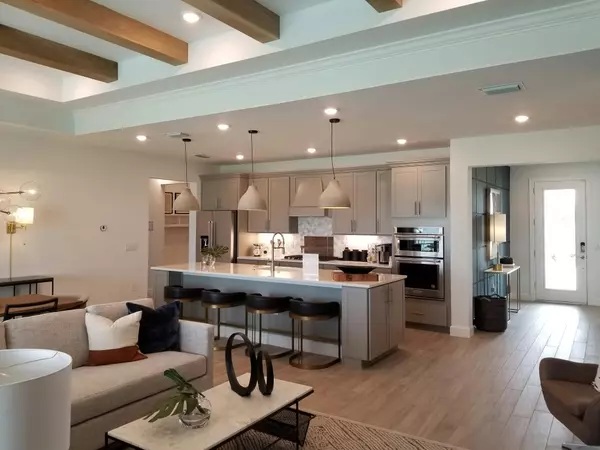

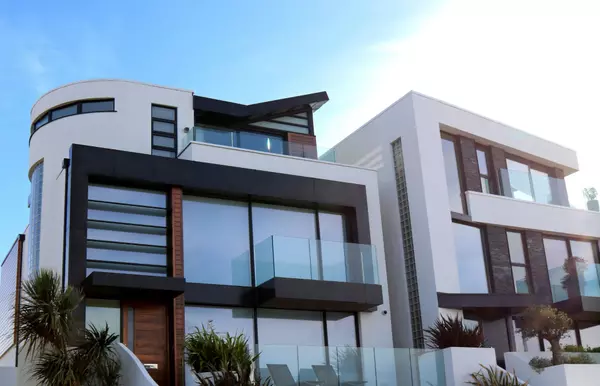

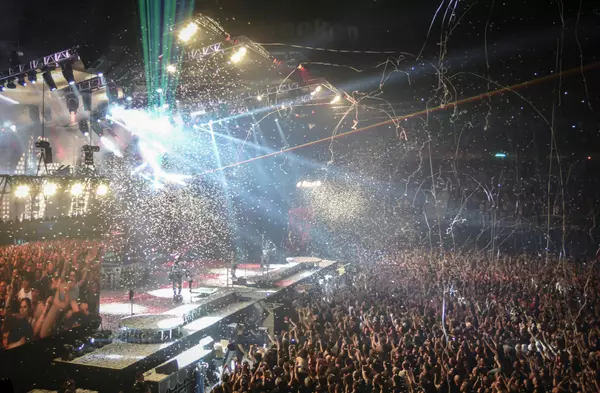


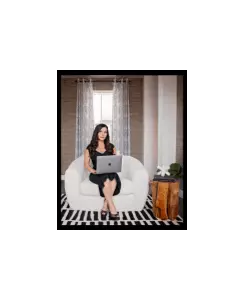
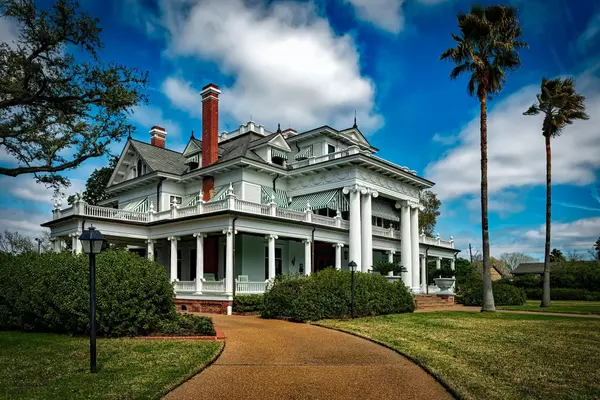
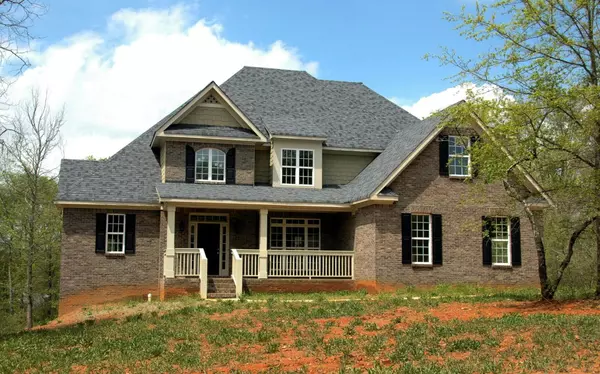
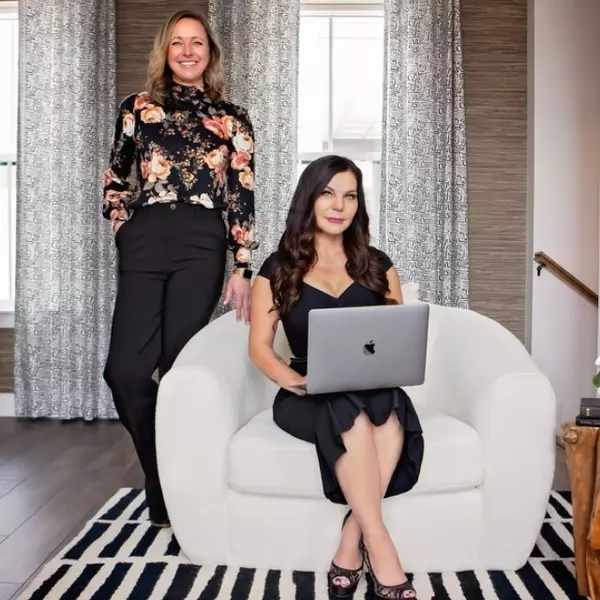
"Molly's job is to find and attract mastery-based agents to the office, protect the culture, and make sure everyone is happy! "
